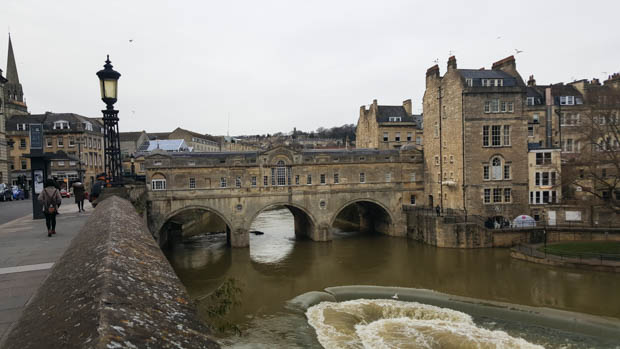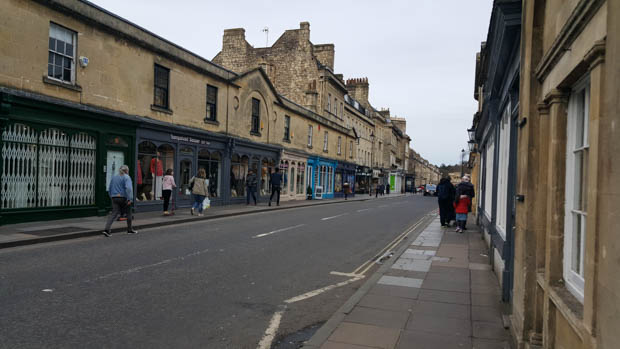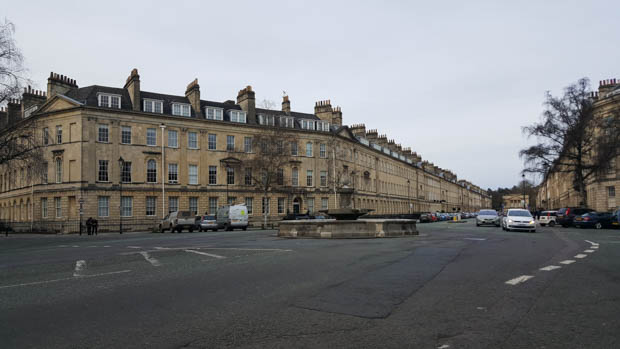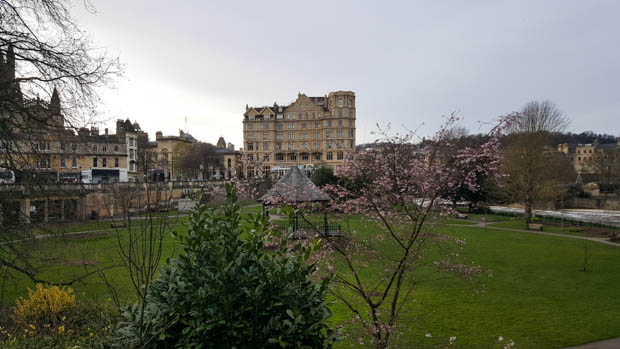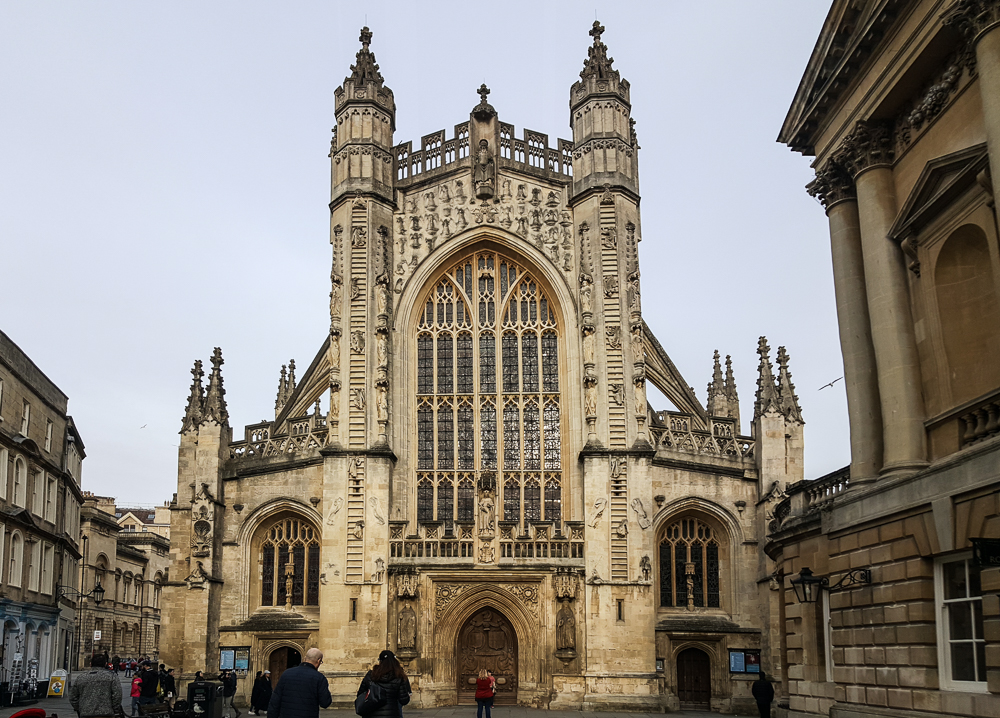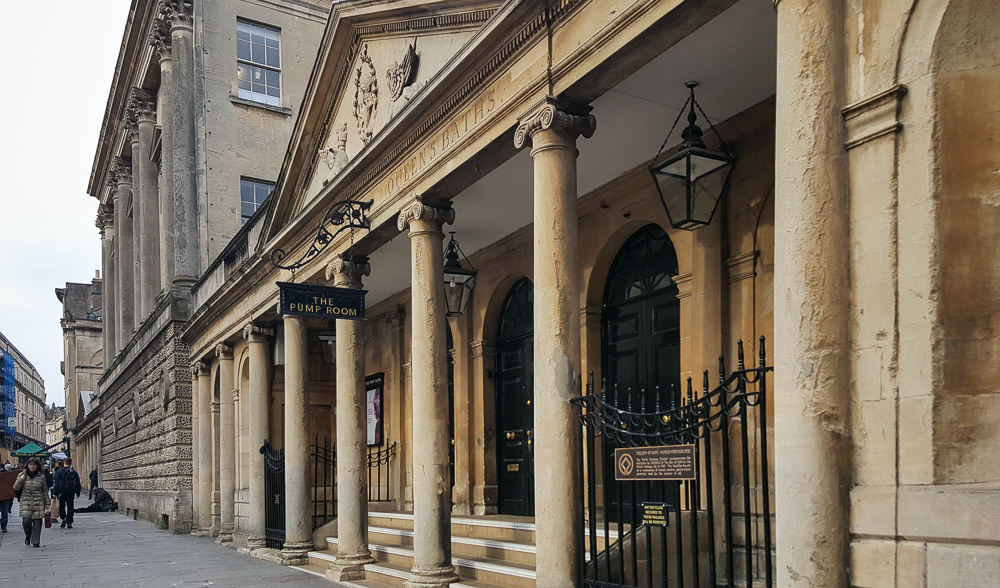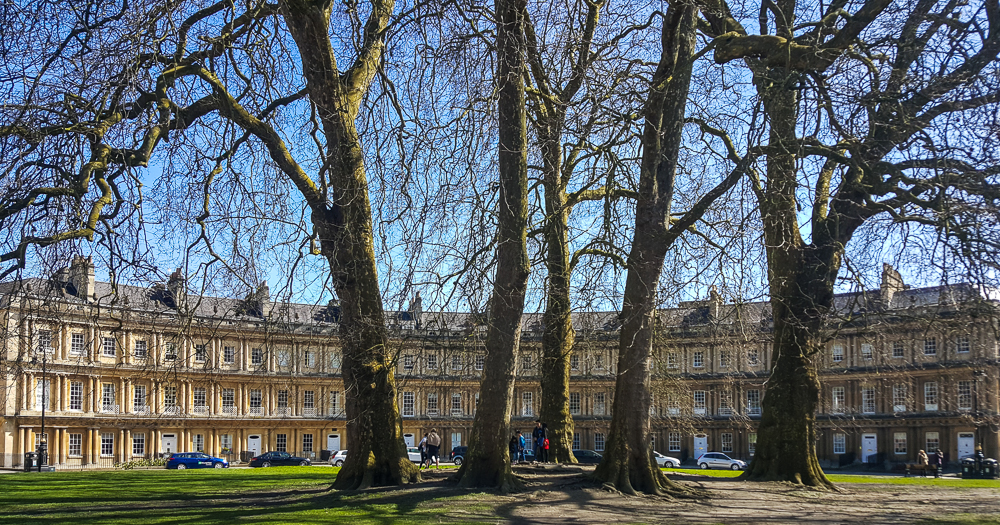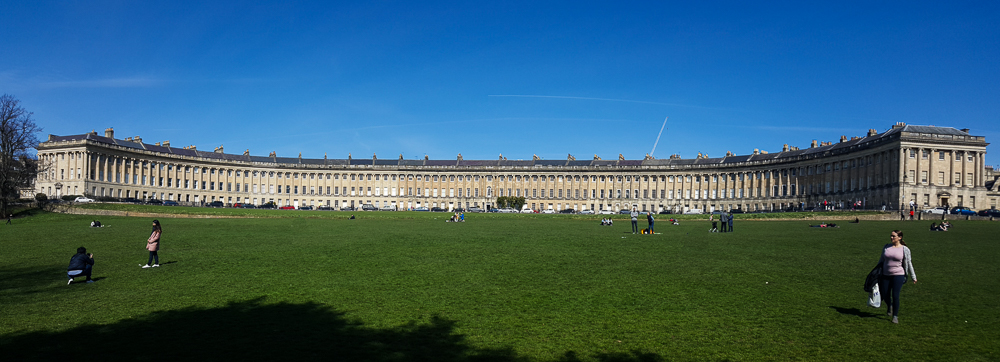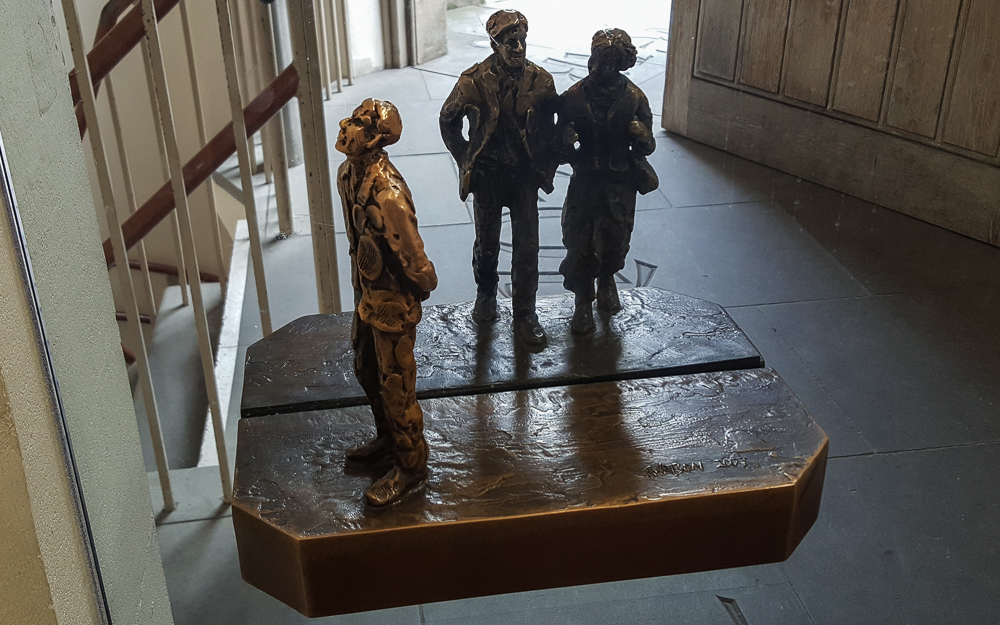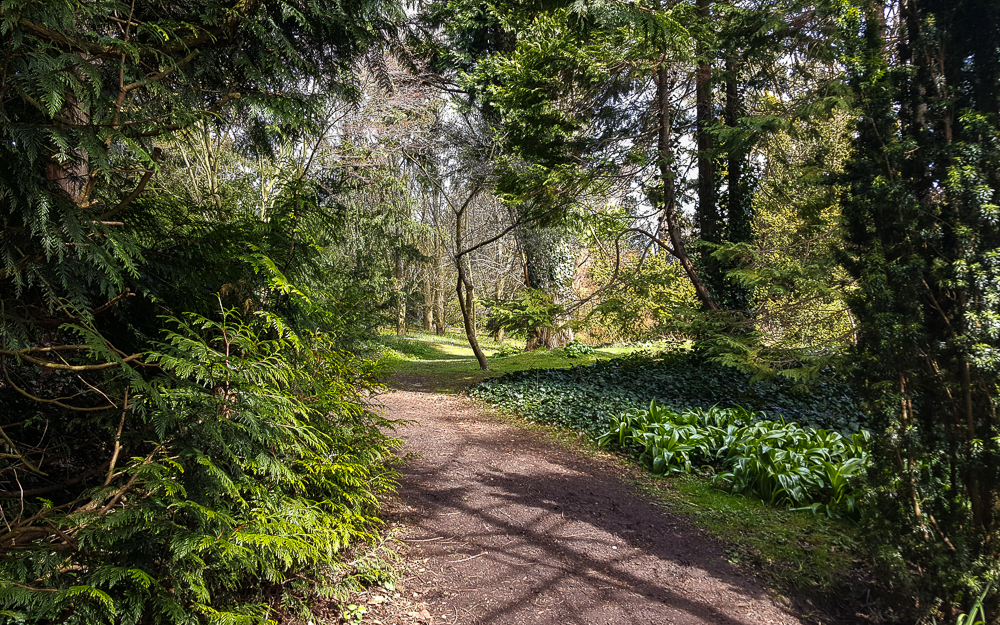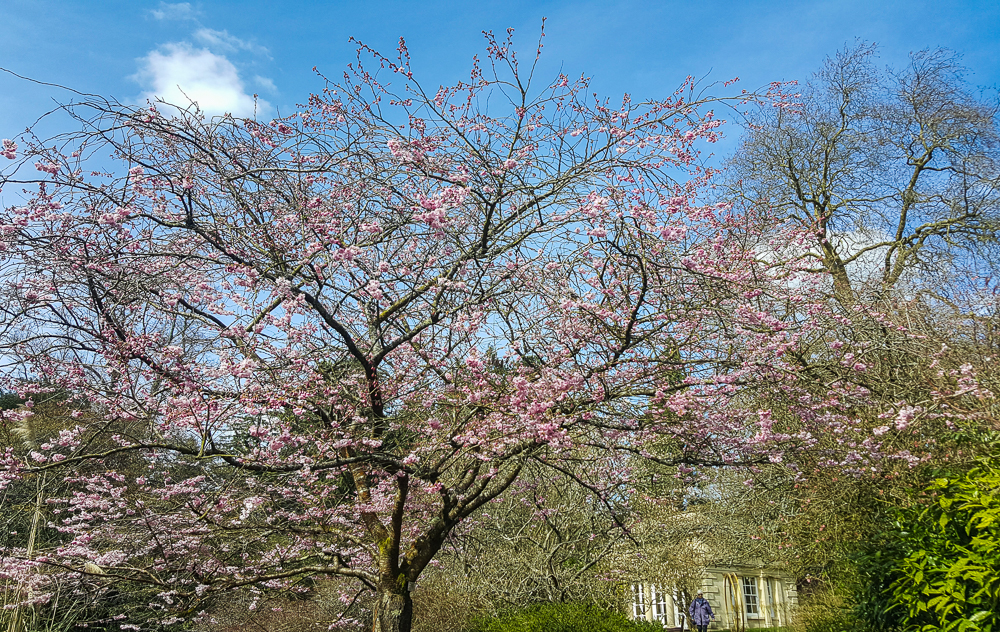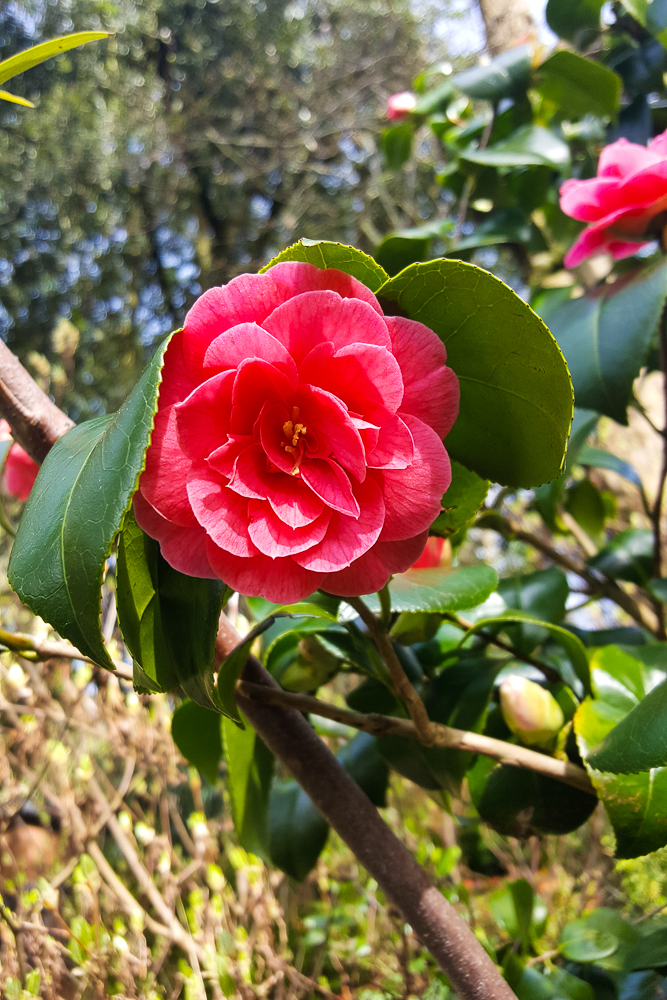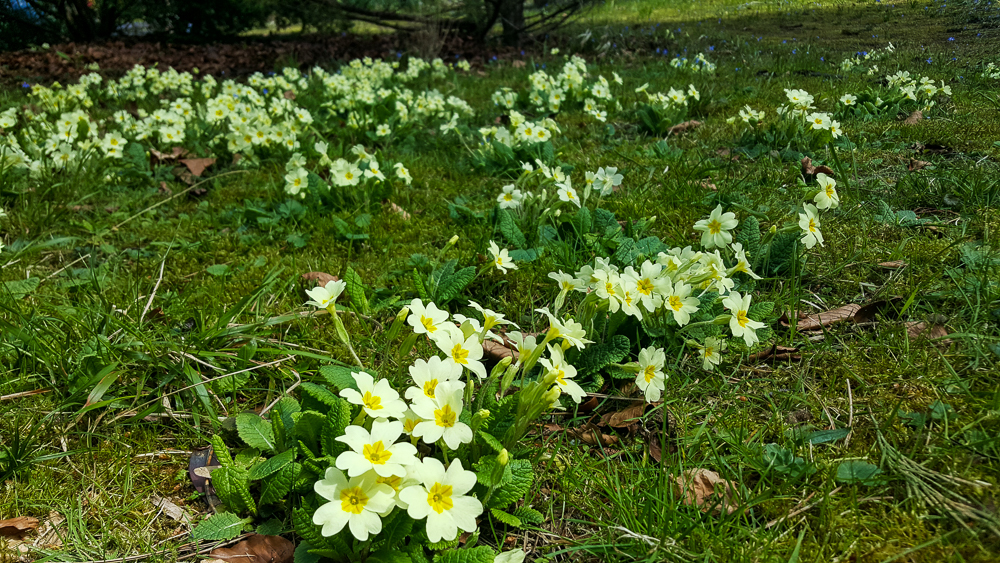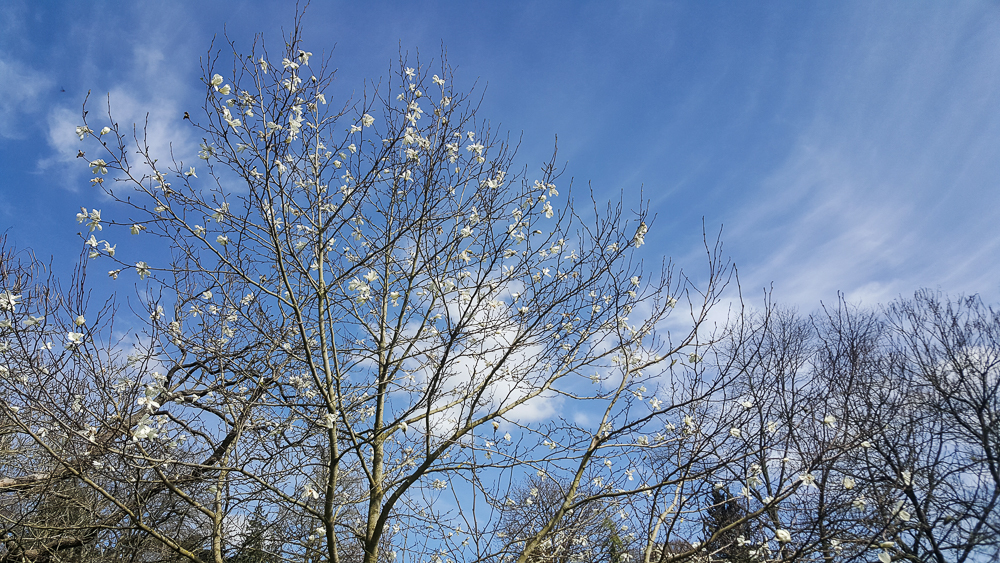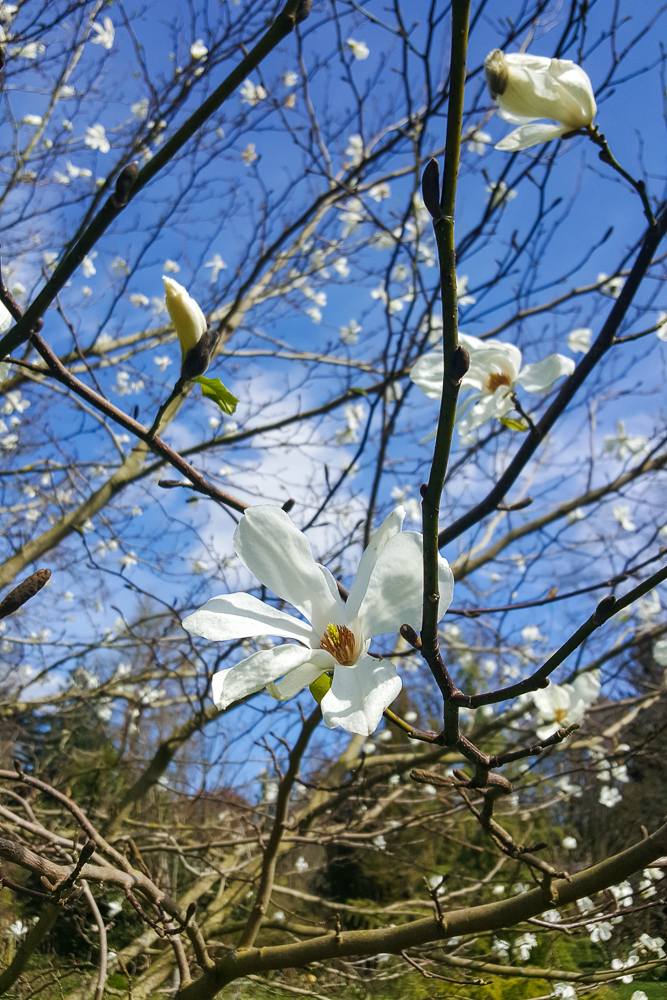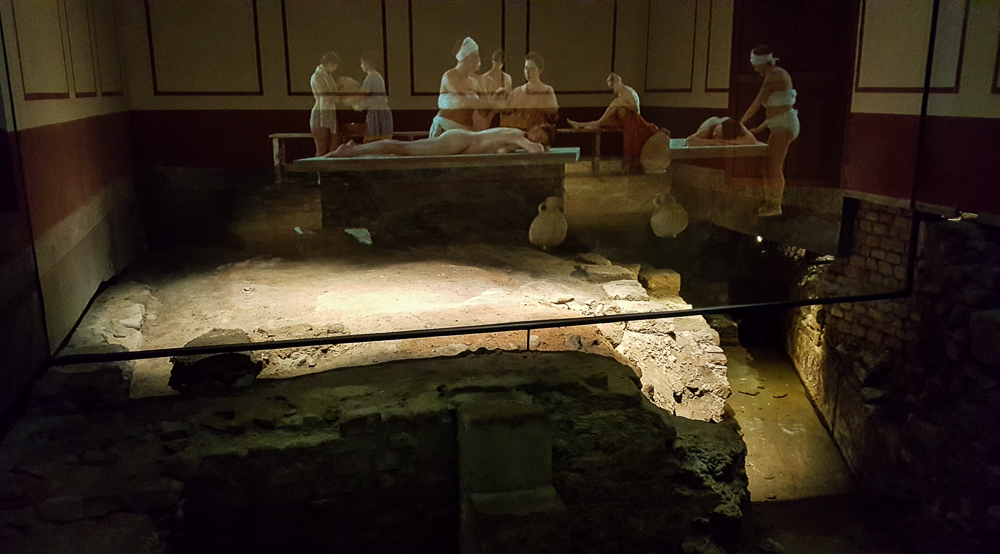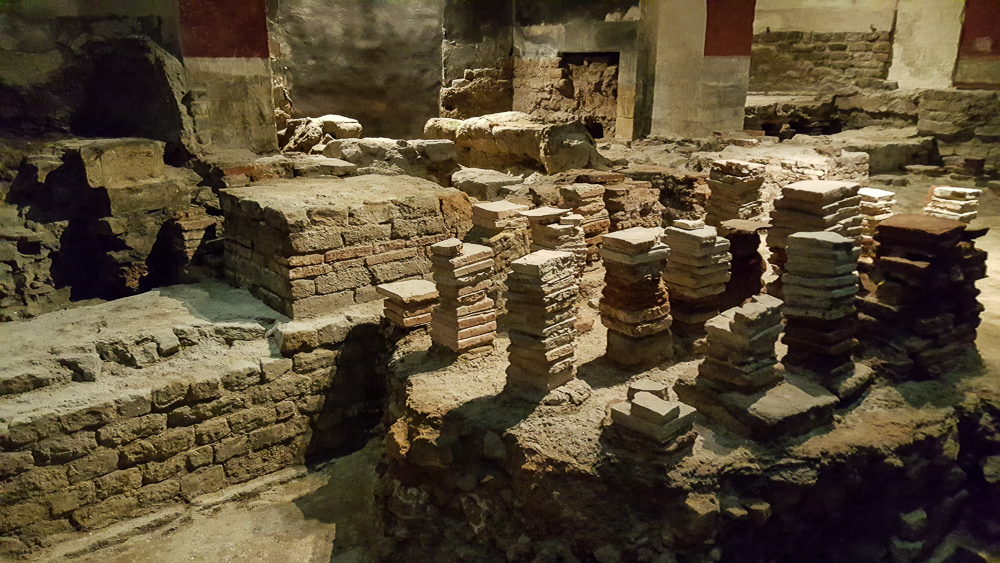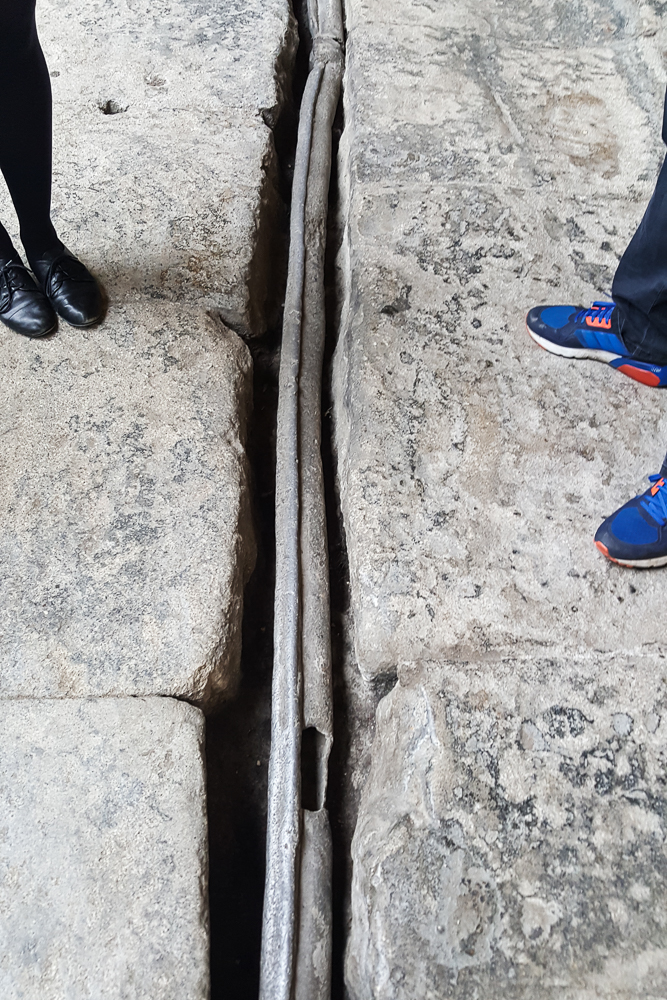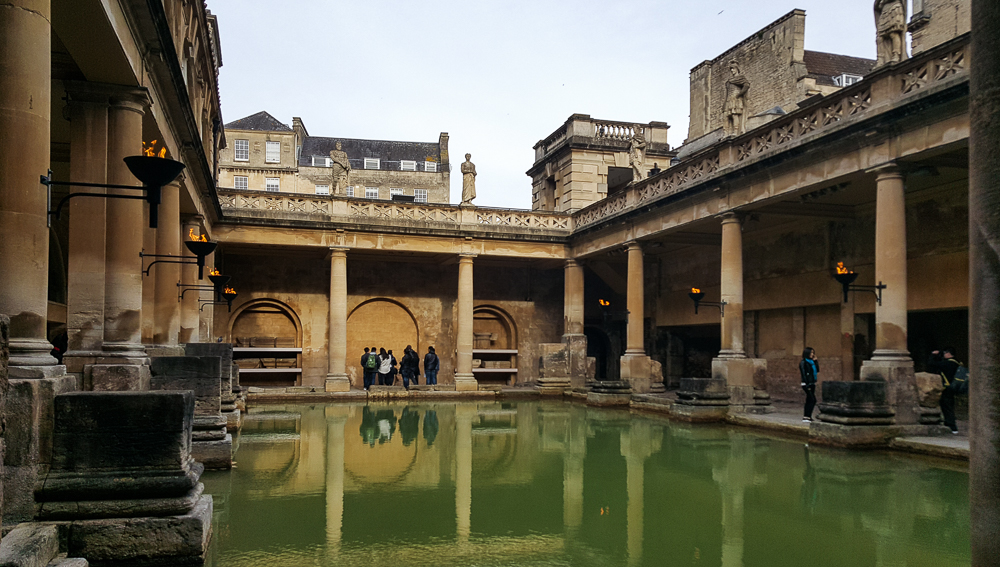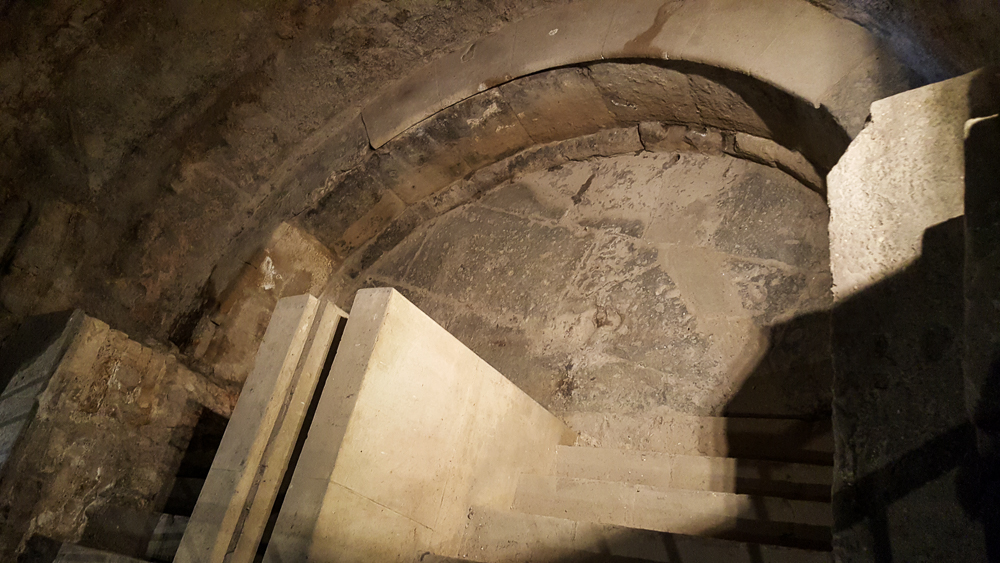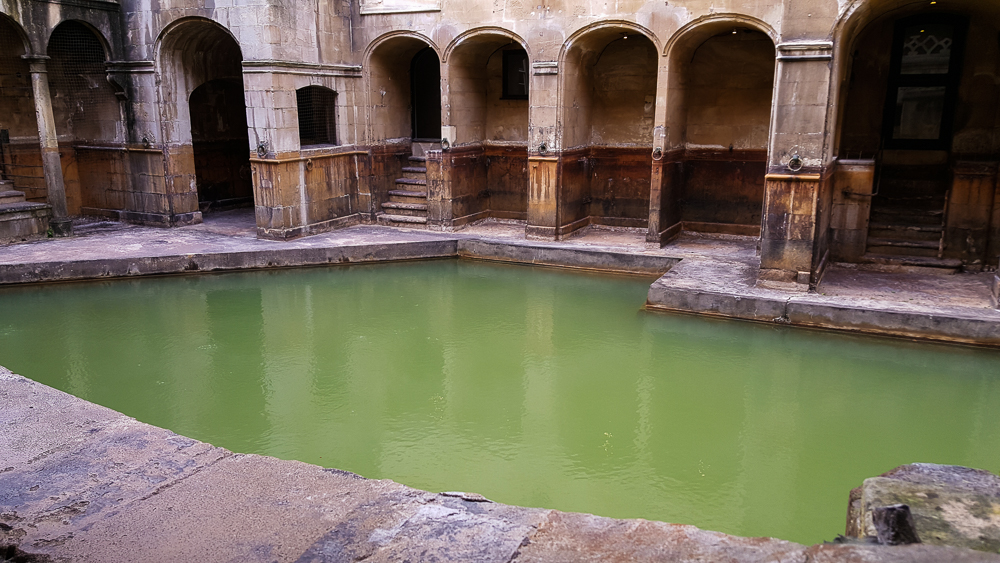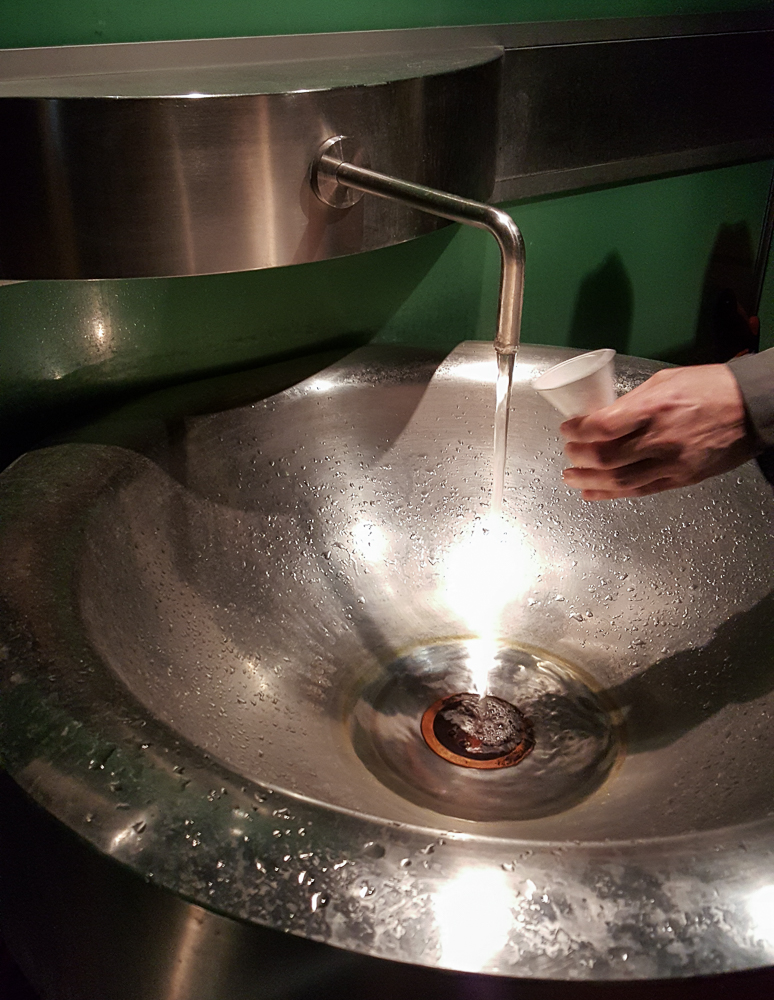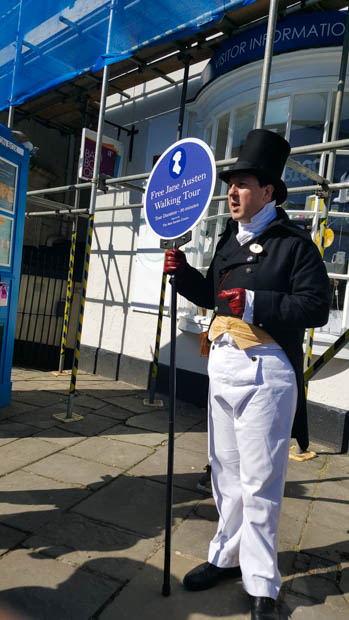
As I mentioned in my last post about Bath, I started off my Bath day… er that sounds weird… my day in Bath… with a Jane Austen walking tour of the city. Since I apparently knew nothing about Jane’s actual life, I didn’t know that Bath played a BIG role in it and was even where she went to get inspiration and do research for her first book (Northanger Abbey). When I thought about it, I realized that Bath is either mentioned or is the main setting in most of her books. It frequently comes up in the context of either going there on holiday or going to get treatment for some illness as it was a big resort town at that time and, get this… in BATH, the old Roman BATHS were thought to have special healing properties. Ah. It’s all starting to make sense, right?
If you hate Jane Austen, then you should probably just stop reading now because fair warning: the rest of this post is about her.
In case you don’t know who Jane Austen is, let me give you a little summary. She was an English novelist in the early 1800s who wrote 6 novels. Four of them were published during her lifetime (Sense and Sensibility, Pride and Prejudice, Mansfield Park, and Emma), and while they did actually reach a level of success during her lifetime, that’s nothing compared to their popularity since then. The other two (Northanger Abbey and Persuasion) were published by her siblings after her early death at the age of 41.

During her life, her books were published anonymously because it wasn’t proper for ladies to write as anything more than a hobby. They weren’t supposed to be seeking fame or fortune from their work, and writing as a full-time job wasn’t seen as a feminine pursuit. So, none of her books had her name attached until after her death. Originally, they were published as being written “By a Lady”.
One of the things that’s so interesting about her is the fact that very little is known about her actual life. She and her sister, Cassandra, were very close and wrote each other thousands of letters over the years, but Cassandra burned most of them after Jane died to prevent relatives and others from reading Jane’s “sometimes acid or forthright comments on neighbours or family members” (Cassandra’s words). Hahahahaha. If you read her books, I think you can tell that anyway. Her characters generally aren’t very shy about sharing their opinions of the people they encounter.
Beyond just details about her life, no one is even sure about what she looked like! The museum started out with like eight portraits of “maybe” Jane, and one of the girls working there explained the likelihood of each actually being a portrait of her. The conclusion was that only one of them is fairly certain because it was drawn by her sister Cassandra, but since it shows her from behind, that gives no helpful information about her face.
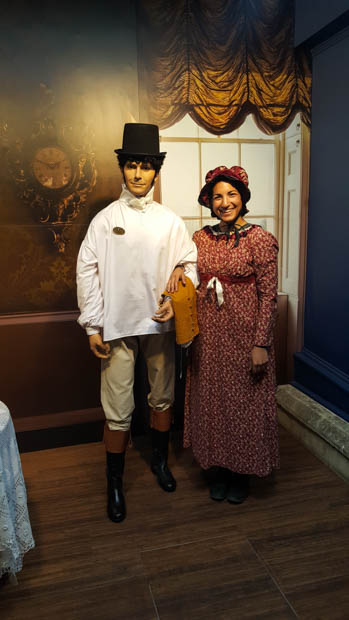
Anyway, that’s enough background information. Let’s get back to it. The tour guide was hilarious and did a brilliant job. He was dressed in period clothing and introduced himself as Mr. Knightly, one of the characters in Emma. He explained that Jane’s experiences in Bath and her career as a writer were very intertwined. Her first visit to the city was on holiday for six weeks with her mother and sister, and a couple years later, she spent two months living with her brother who was being treated for gout (a type of arthritis) there. During that two-month period, she did research for Northanger Abbey, and that was her first completed novel.
A couple years later, when she was 25, her father retired, and she moved with her parents and sister Cassandra (they were both unmarried) to Bath. Their first couple of years there were nice, but after her father died unexpectedly, she, her mother, and her sister were left with nearly nothing since women couldn’t inherit. They ended up renting a place on one of the shadiest streets in town, Trim Street, primarily populated by prostitutes, beggars, pimps, and thieves. Our guide said that previously, Jane wrote in a letter that, “I will do all in my power to avoid Trim Street.” So, needless to say, those probably weren’t exactly the best of times. They finally moved away when Jane was 30 and one of her brothers was in a financial position to give them a house.
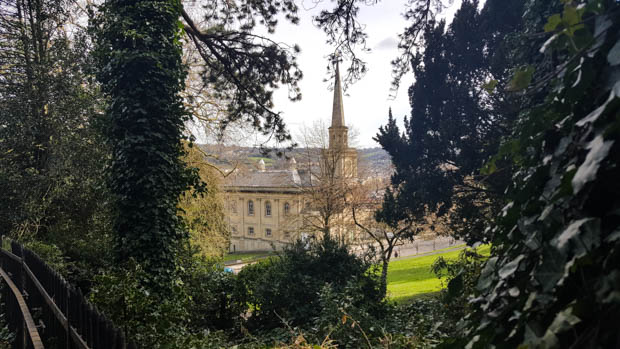
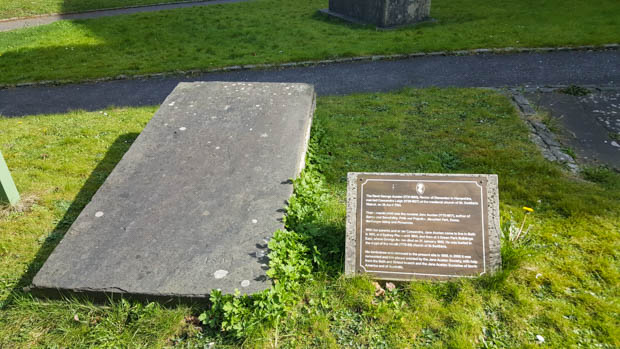
Their seventh child was the novelist Jane Austen (1775-1817), author of Sense and Sensibility, Pride and Prejudice, Mansfield Park, Emma, Northanger Abbey, and Persuasion.
With her parents and sister Cassandra, Jane Austen came to live in Bath in 1801, at 4 Sydney Place, until 1804, and then at 3 Green Park Buildings East, where George Austen died on 21 January 1805. He was buried in the crypt of the rebuilt church of St. Swithin’s.
His tombstone was removed to the present site in 1968…”
There were a few notable early fans of her work including Prince George IV, Prince Regent of Wales. He was known as a very extravagant man who apparently drank the equivalent of £2 million of wine each year. Seems to me that you would need to be drinking almost constantly… Anyway, as you might imagine from that statistic, he was very fat and did as much as he could to hide the full extent of his weight. Some of the things that came into men’s fashion at the time were literally only because they helped to make him look less overweight.
Jane had a very low opinion of the Prince Regent. He, on the contrary, had specially bound copies of her books in all of his houses. Regardless of her personal feelings towards him, it was very useful to have rich patrons, not to mention royal ones. When he invited her to visit his home, she didn’t have much choice but to accept. He didn’t meet her in person, but his assistant asked her if she would dedicate her next book to him.
Of course, she didn’t want to, but how do you say no to a prince? Her next book was Emma, and the dedication she wrote was so sarcastic that they had to revise it multiple times to make it acceptable. Even so, you can still absolutely feel the sarcasm when you read it. It says:
TO
HIS ROYAL HIGHNESS
THE PRINCE REGENT,
THIS WORK IS,
BY HIS ROYAL HIGHNESS’S PERMISSION,
MOST RESPECTFULLY DEDICATED,
BY HIS ROYAL HIGHNESS’S
DUTIFUL
AND OBEDIENT
HUMBLE SERVANT,
THE AUTHOR
That, to me, screams, “I didn’t want to do this, but I did because he told me to and he’s important so here we are.”
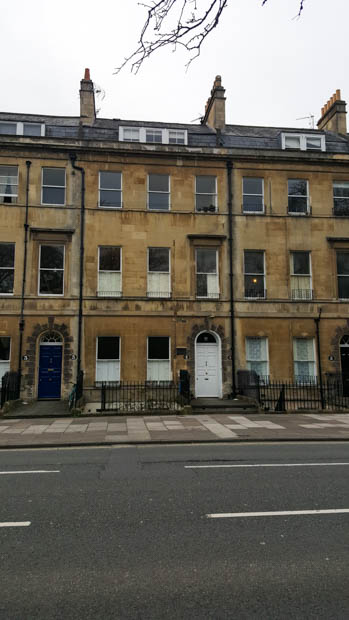
I may not have known much about Jane Austen at the beginning of the day, but by the end, I was even more impressed and obsessed with her. She’s so funny! And it seems like she was so confident and bold in a time when that wasn’t “acceptable” female behavior. Also, one of the reasons that her books weren’t terribly popular at the time was because they weren’t as dry as the other books that were in style. So basically she had a sense of humor and personality that were ahead of her time.
She died early, at age 41, and the cause is unknown.
After I left the museum, I wandered around town and added a few Jane Austen pilgrimage sites to my list. I did a walk-by of the church where Jane Austen’s parents got married and where her father is buried, and I went to see the house where she lived when her family first moved to Bath following her father’s retirement. I felt a bit creepy because it’s on a normal street and seems like a regular house, though I found out later that it’s a themed B&B. Someone’s bike was parked out front, and that made me wonder (pretending that it WAS just a normal house) if the house would be considered more or less valuable because of its history… maybe more because a famous person lived there, but maybe less because that leads to random people coming to gawk outside.

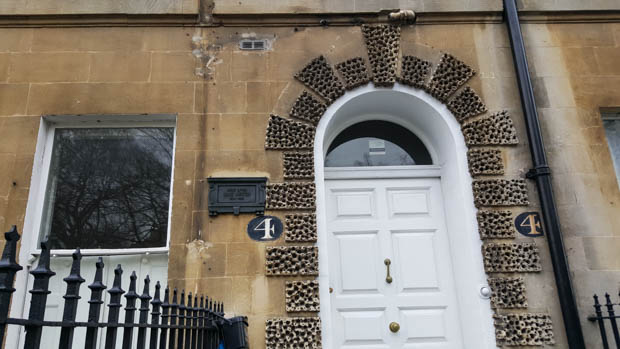
The house and nearby park were my last two stops of the day, so after I was finished with those, I zombie-walked my way to the train station to head back to Bristol. Another long day, but the random people who told me to visit Bath were right; I did love it there. They have a Jane Austen festival every year where everyone goes to Bath and dresses up in period clothing… I don’t know, I might have to add that to my bucket list…
